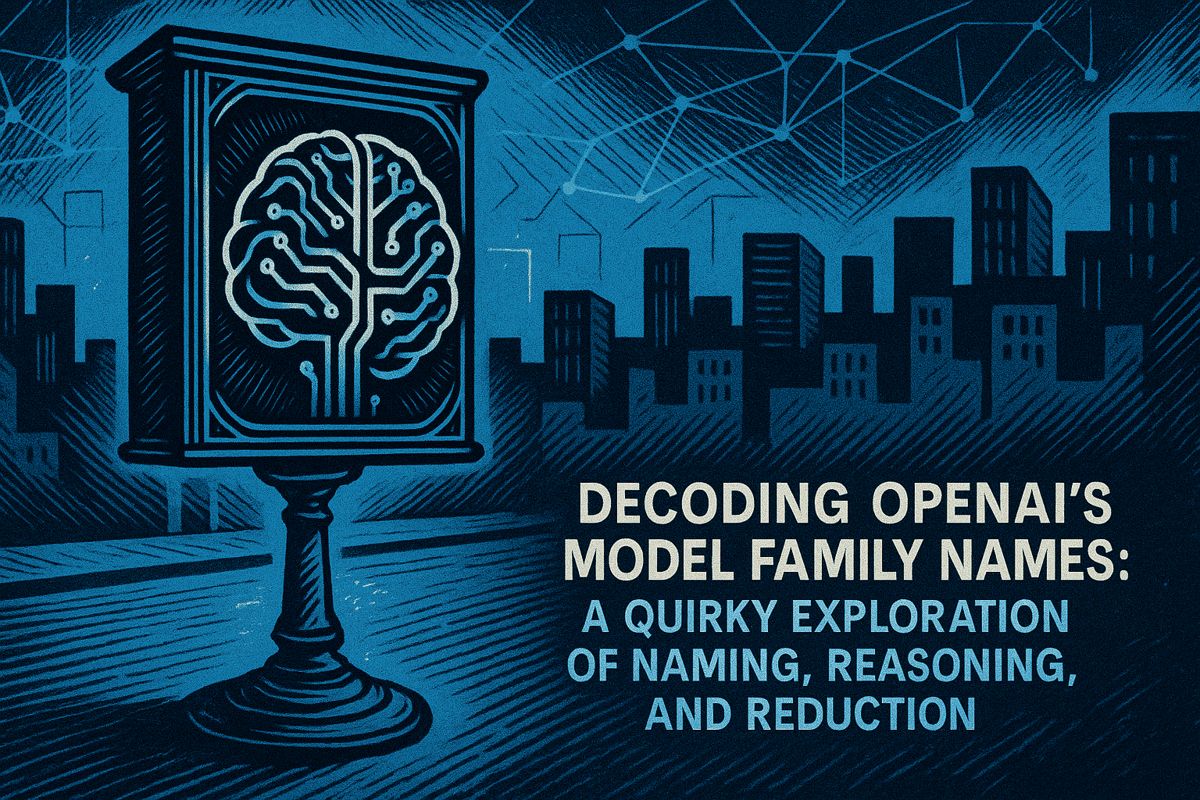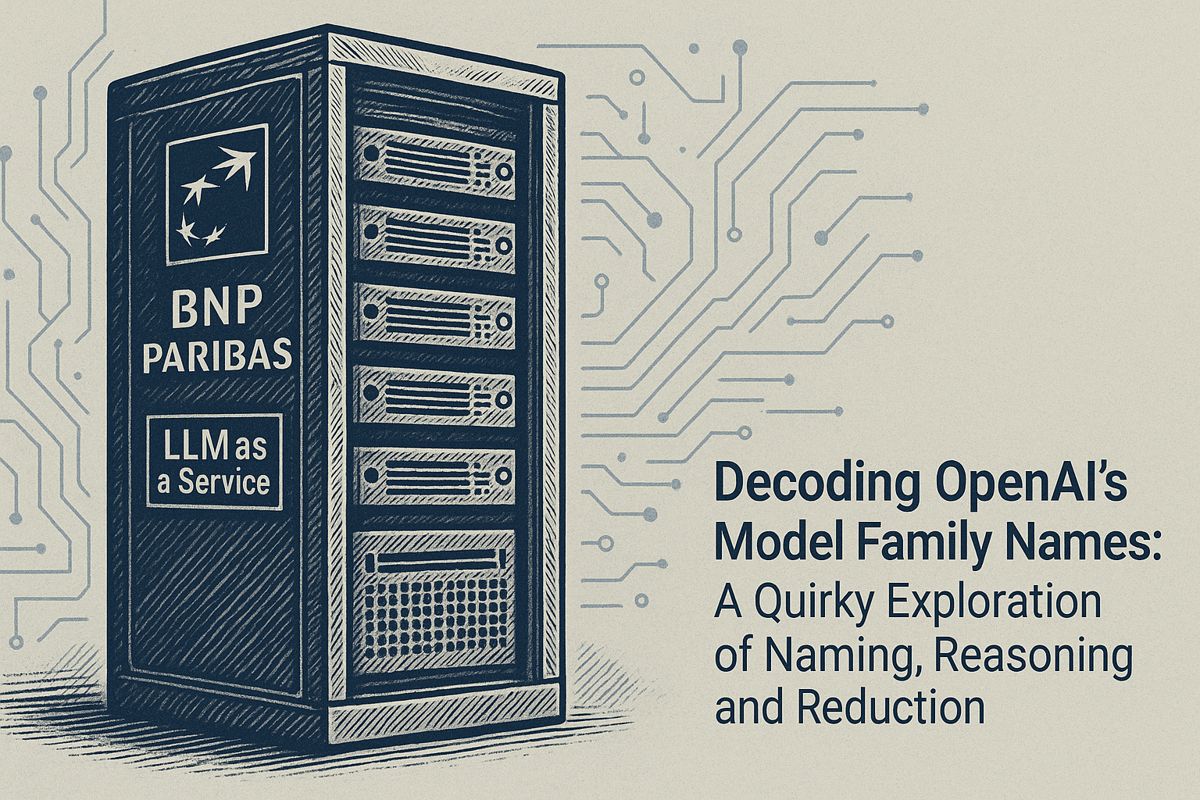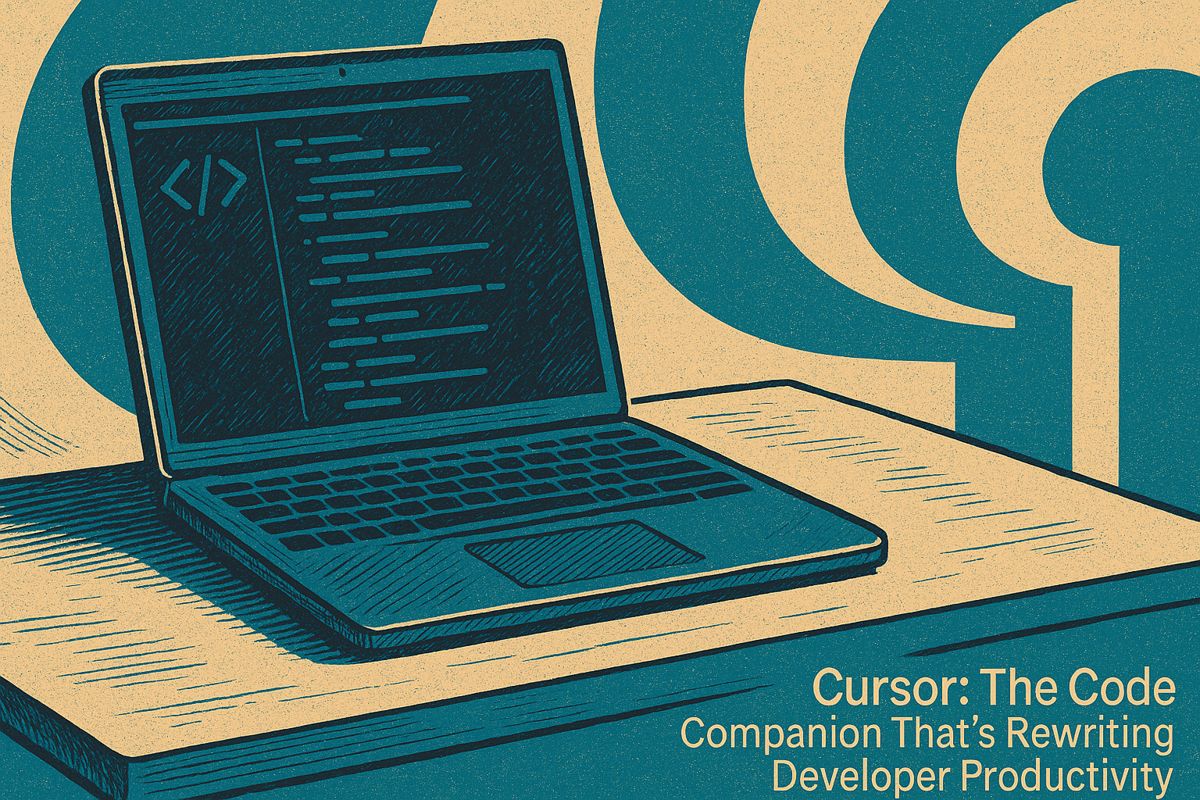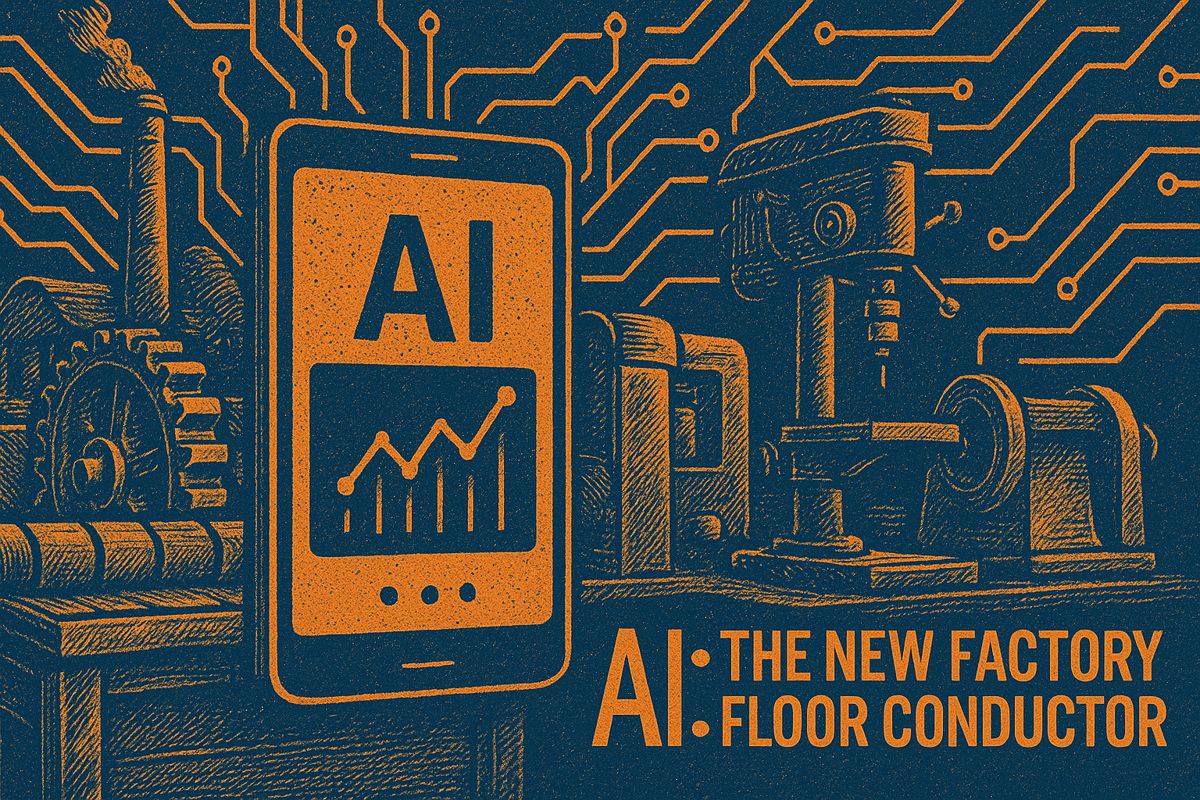Here’s the text with the most important phrase emphasized in markdown bold:
In the world of work, organizational alignment is the secret sauce that transforms teams from scattered groups to powerful, unified forces. Through clear direction, sustainable environments, and adaptable leadership, companies can create workplaces where everyone understands and moves towards common goals. The journey isn’t just about strategy on paper, but about creating a living, breathing culture where team members feel connected and motivated. When alignment happens, magic follows: performance improves, turnover drops, and people actually enjoy coming to work. It’s less about rigid rules and more about creating a shared understanding that makes every team member feel like they’re part of something meaningful.
What is Organizational Alignment and Why Does It Matter?
Organizational alignment is a strategic approach where team members understand and work towards common goals, ensuring clear direction, sustainable environments, and adaptable leadership. By synchronizing strategy, culture, and individual efforts, companies can improve performance, reduce turnover, and create more cohesive, productive workplaces.
The Memory of Misalignment
I recently stumbled upon a McKinsey article that did more than just nudge my curiosity – it sent me digging through battered notebooks from my first, wide-eyed days as a team lead. There’s something oddly cinematic about those memories: a cluttered whiteboard streaked with red and blue, the sharp smell of dry-erase markers, and half a dozen colleagues arguing about “priorities” while most of us quietly wondered what those actually were. It’s strange, isn’t it? How the right language without real direction can feel like a map with no roads.
Let me pull one story from that time, featuring Sam. He was the kind of engineer who could untangle a Kafka queue with one hand and explain EBITDA to our CFO with the other, but always seemed a little out of rhythm compared to the rest of us. The root cause, I realized too late, wasn’t Sam. It was the foggy vision, the patchwork culture, and leadership that confused rigidity for resilience. Sam left for a Berlin fintech startup, and I’ll admit, the loss stung. But it’s a memory that shaped me: strategy means nothing when the gears aren’t meshing.
I can still picture the day it clicked – or failed to. We’d spent an hour in a meeting that should have been ten minutes, everyone skating around the real problem. I felt frustration, a pinprick behind my eyes. Later, rereading my notes under the flicker of an ancient desk lamp, I realized: we were chasing alignment, but had no compass.
The McKinsey Blueprint for Organizational Alignment
McKinsey’s research lands with all the subtlety of a cymbal crash: organizational alignment isn’t one thing, but a symphony of interlocking parts. Their model? It rests on three pillars: clear direction, a sustainable environment, and leaders who can bend without breaking. One weak link and the whole construction shivers like a suspension bridge in a gale.
Clear direction, they say, is more than a mission statement. It’s the difference between your developers building a cathedral or a shed. If leadership can’t summarize the strategy in ten words, and the product team can’t see its trace in daily work, confusion breeds. I’ve seen this happen in places like IBM, where the “why” got lost in PowerPoints, and suddenly no one could articulate what problem they were solving. (Ever watched a team’s energy disappear, as if someone had siphoned the oxygen from the room?)
A sustainable environment is next. This isn’t Silicon Valley’s “free snacks and foosball” approach. It’s about real assets: up-to-date tools, candid feedback, psychological safety. McKinsey draws on studies from Harvard Business Review showing organizations with healthy cultures outperform the bottom quartile by 3x in shareholder returns. That’s not fluff. I remember the shock of learning our team’s turnover rate had quietly doubled in six months – the data didn’t lie, and neither did the empty desks.
Adaptable leadership rounds out the triad. In the digital maelstrom, leaders who cling to last year’s playbook end up lost at sea. The metaphor McKinsey uses – the ripple effect – hits home. A flexible manager doesn’t just keep the ship steady; they teach the crew to improvise when the compass spins. I used to think sticking to the plan was a virtue. Now? I know when to pivot.
Using Models and Superpowers to Drive Results
Consultant frameworks aren’t always beloved, but the McKinsey 7-S Model offers a rare kind of clarity. Structure. Strategy. Systems. Skills. Staff. Style. Shared Values. Change one, and you’ll feel it everywhere else, like plucking a string on a spiderweb. I’ve made the mistake – once – of reorganizing a team without fixing our outdated systems, and ended up with a Frankenstein’s monster that delighted exactly no one.
But what’s your organization’s superpower? McKinsey asks leaders to focus there, amplifying the thing that sets you apart. For Spotify, it might be dynamic playlist algorithms; for an old-school insurance shop, perhaps it’s regulatory dexterity. I once pinched a continuous deployment process from a logistics company and adapted it for a SaaS context. The result? Cycle times dropped by 26% in a single quarter. Who says good ideas can’t travel?
There’s a sensory side to this too. Alignment isn’t just a concept – it’s palpable, like the first sharp chill of autumn air hitting your face. When teams click, you can almost hear the hum of productive conversation, the soft clack of keys over a solved problem. When they don’t, the silence is, well, deafening.
The Numbers Game and the Human Element
Here’s the cold, hard calculus: aligned organizations don’t just feel better, they perform better. McKinsey ties alignment to EBITDA bumps and fewer safety incidents. I once scoffed at these numbers, worried they were consultant voodoo, but time and payroll reports proved otherwise. In fact, after a year of focused alignment work, we saw employee advocacy soar and financial stress plummet. That surprised me – pleasantly.
Yet, the digital transformation age brings its own sandtraps. Skill gaps can yawn open overnight, and technology can sprint ahead of the people meant to wield it. I’ve seen AI deployments at places like Adobe fizzle, not because the tools were flawed, but because the users felt left behind. McKinsey notes that readiness isn’t just a checkbox; it’s the fulcrum on which the whole plan tilts.
So the next time you hear “alignment” tossed around in a meeting, maybe pause. Ask yourself: are we actually moving together, or



















